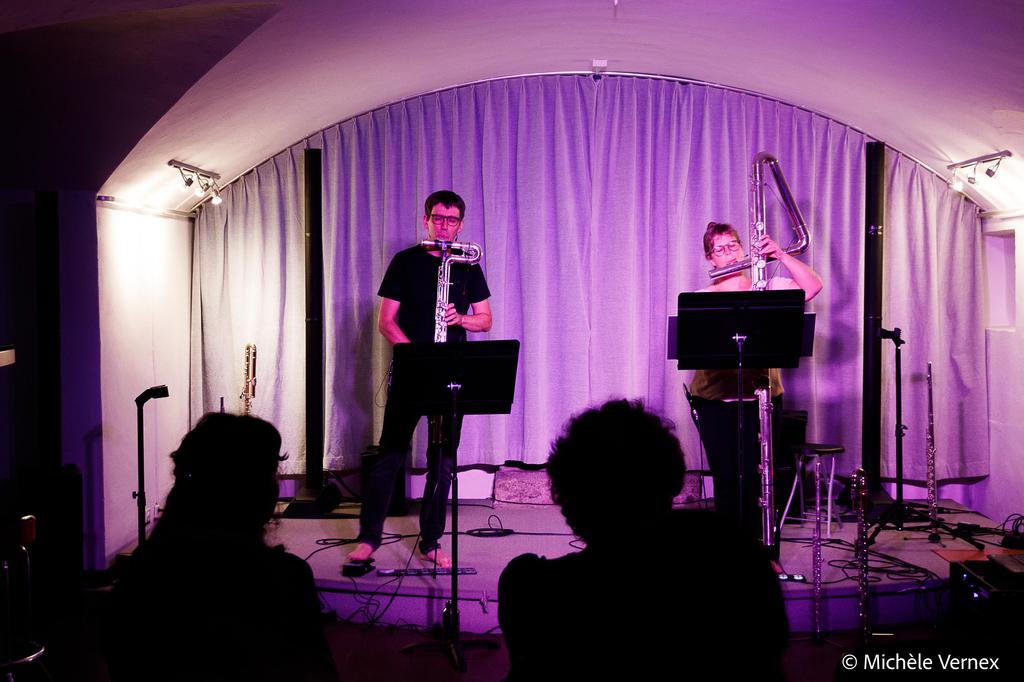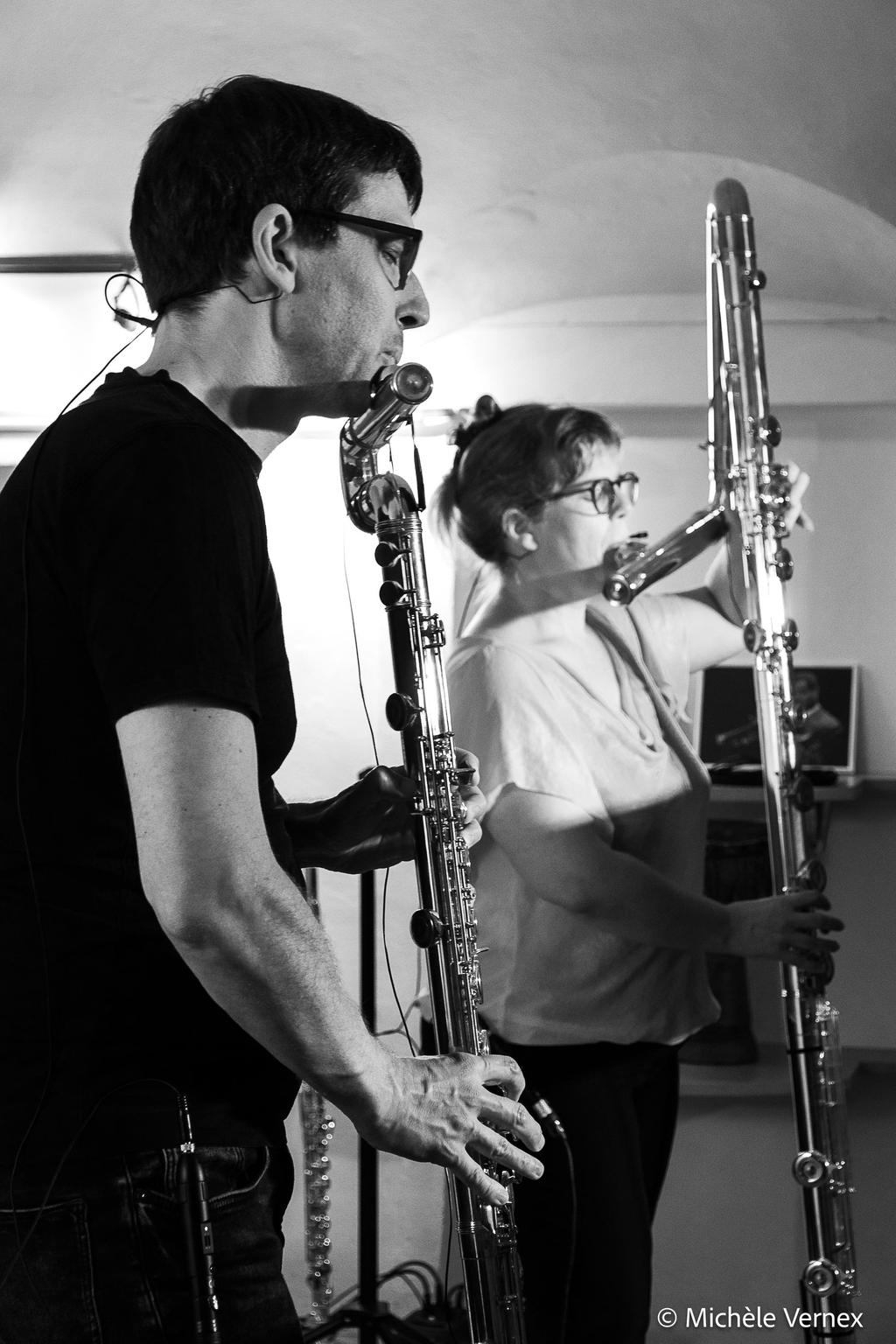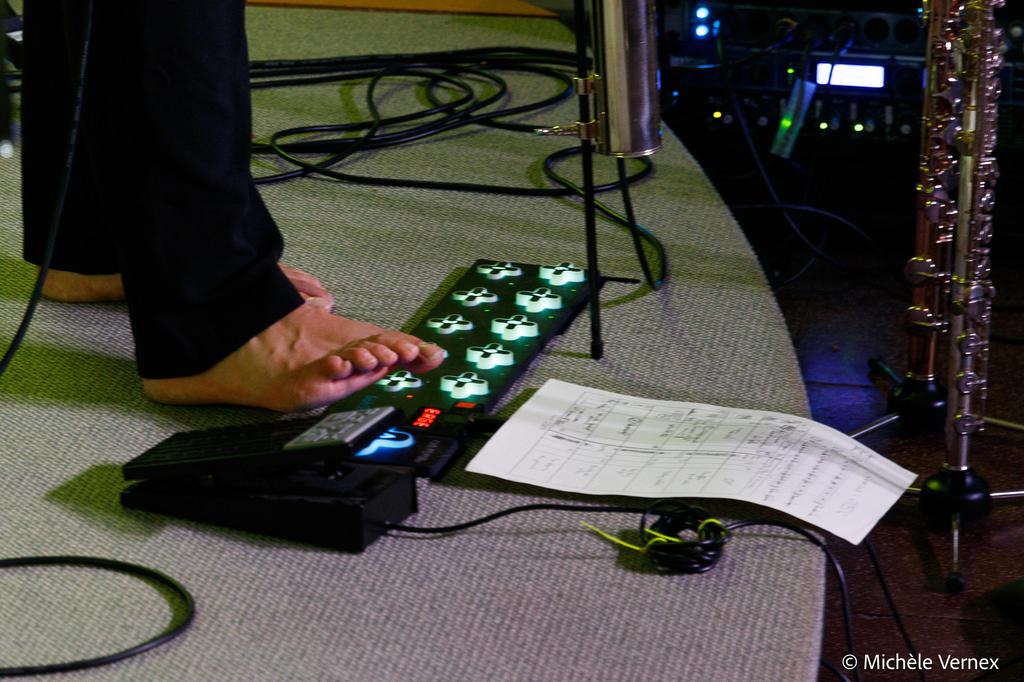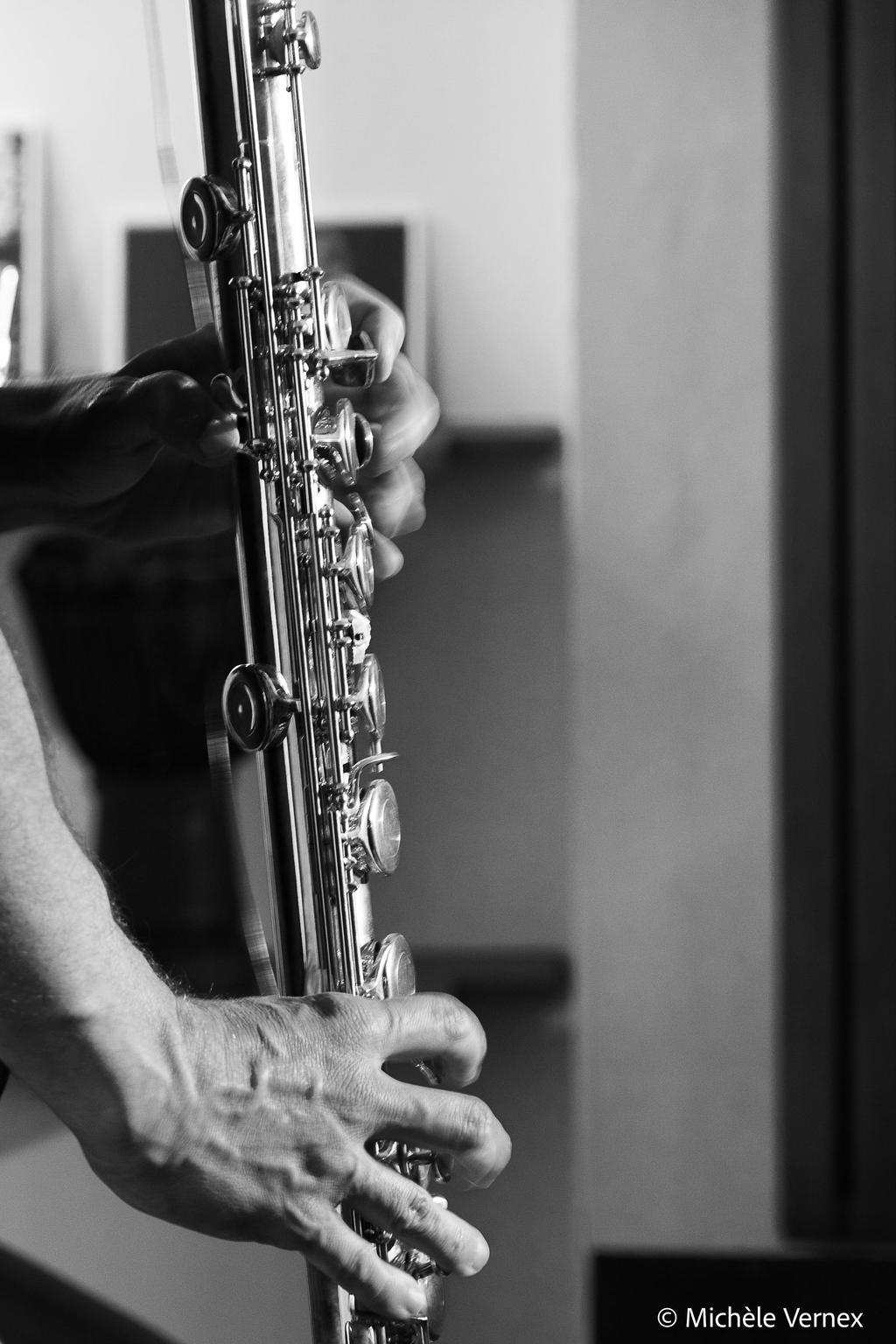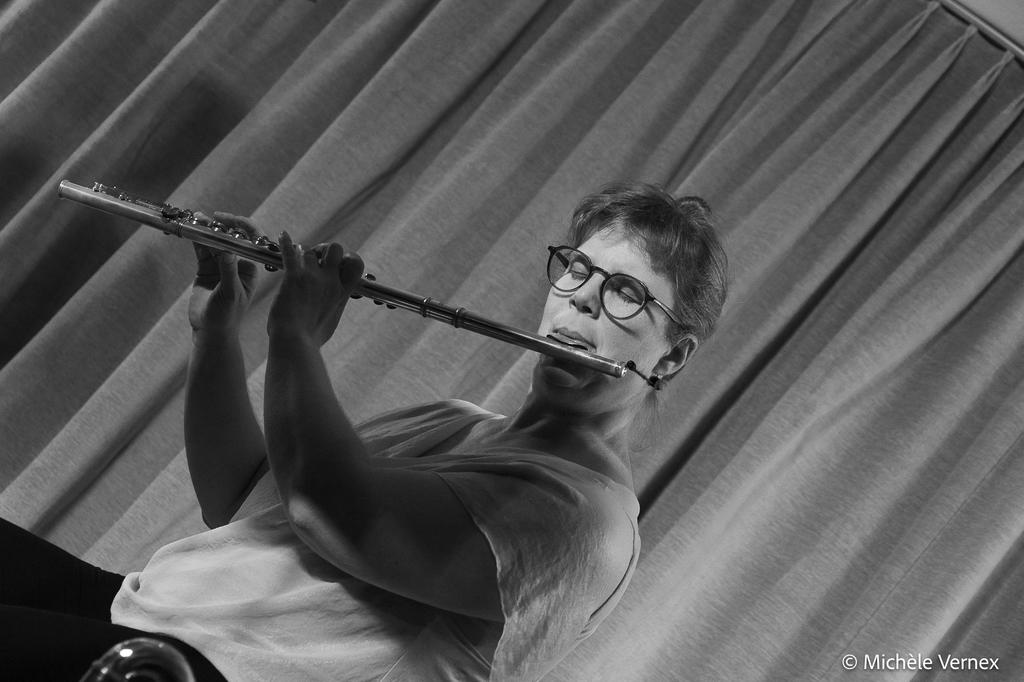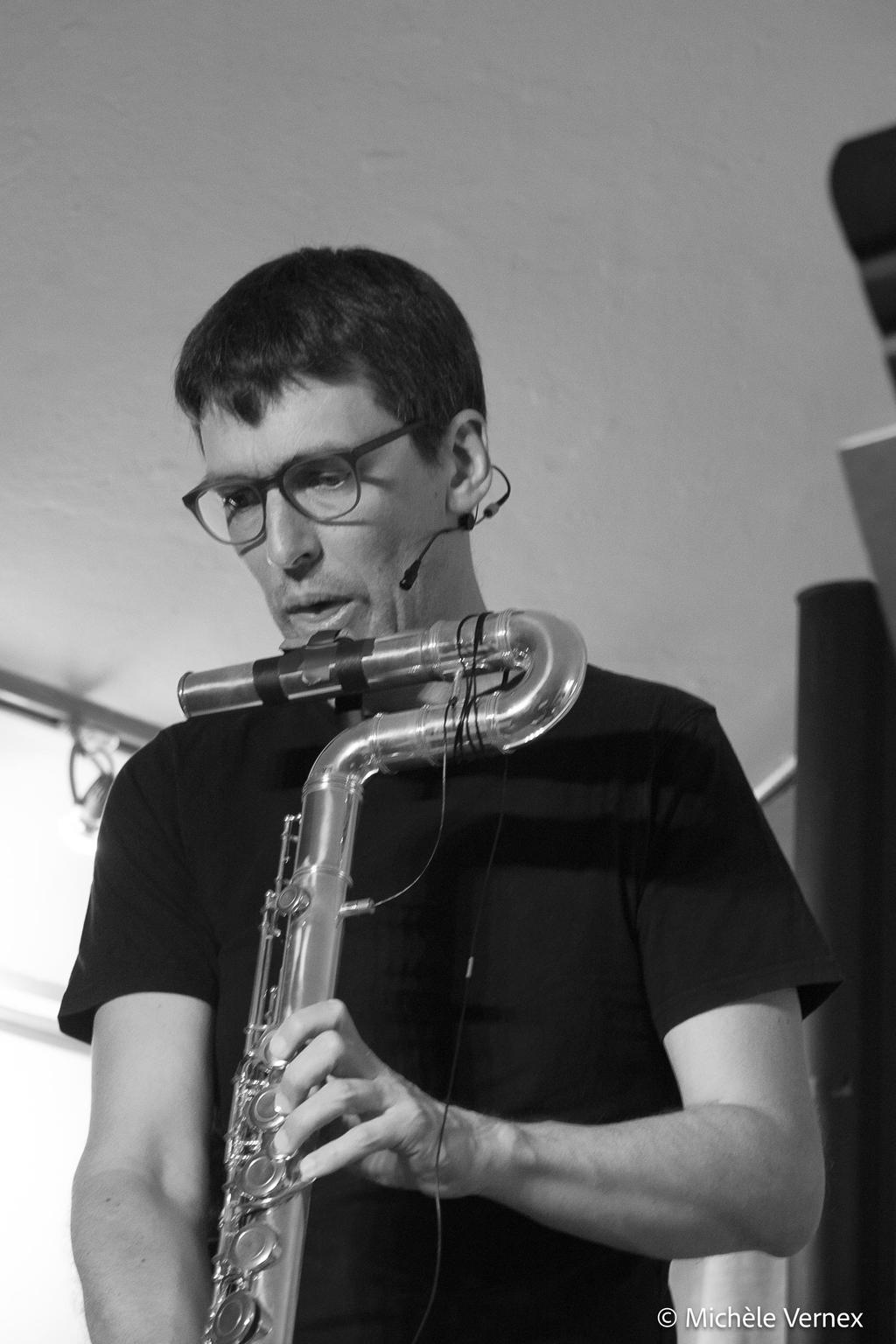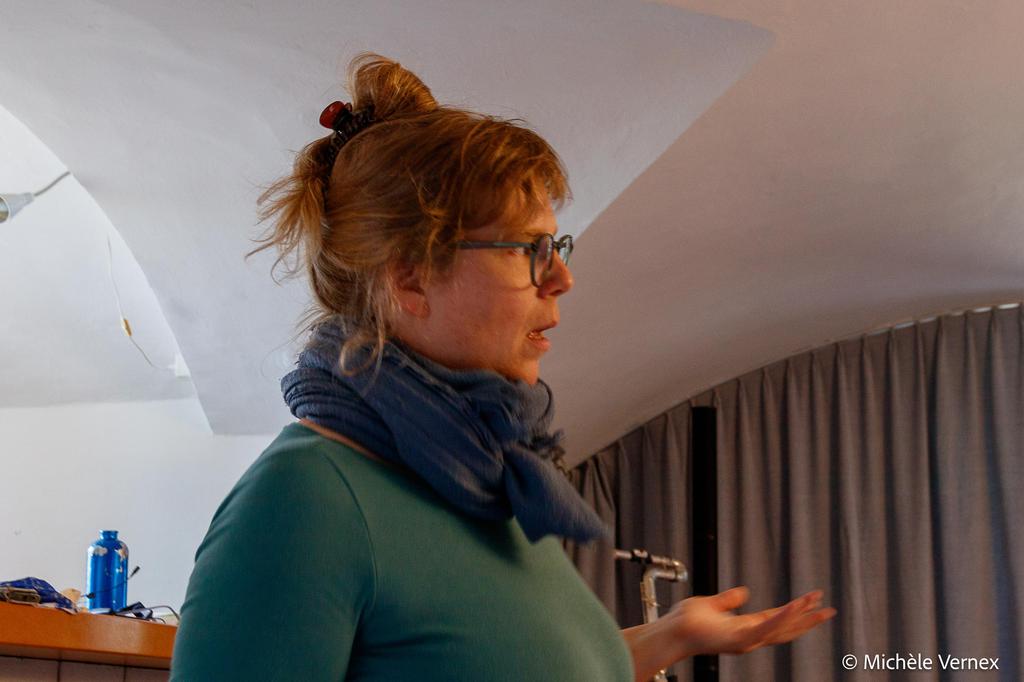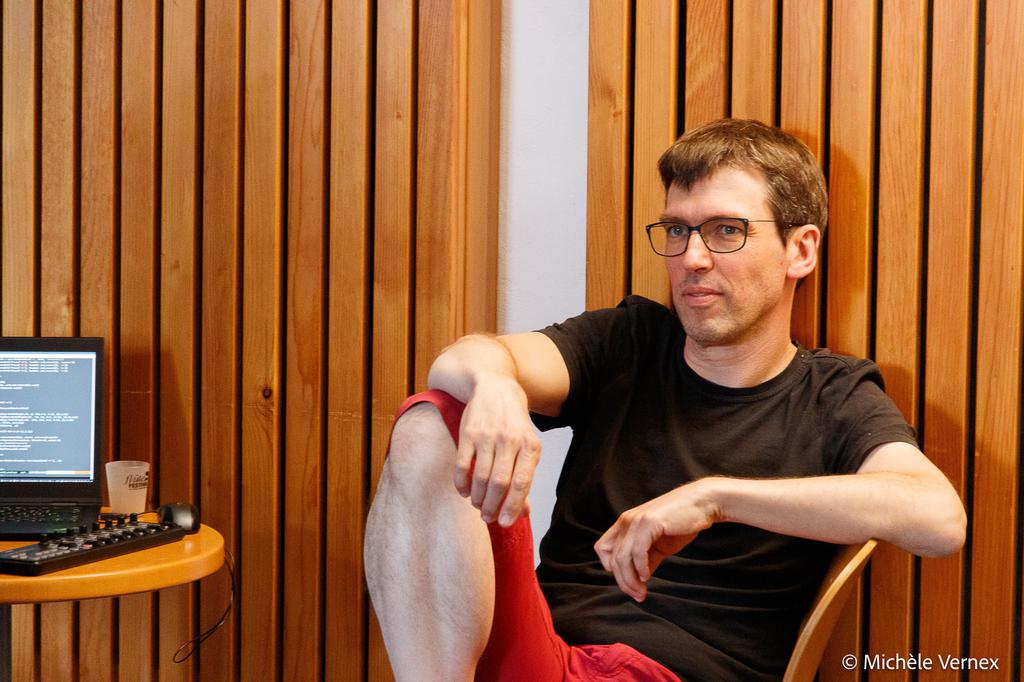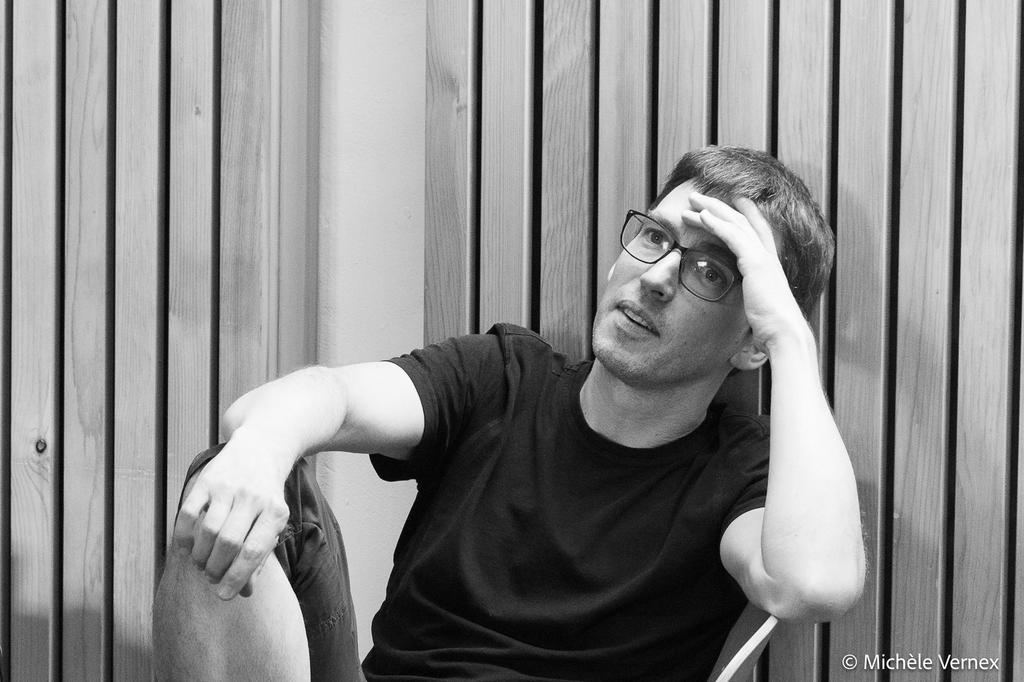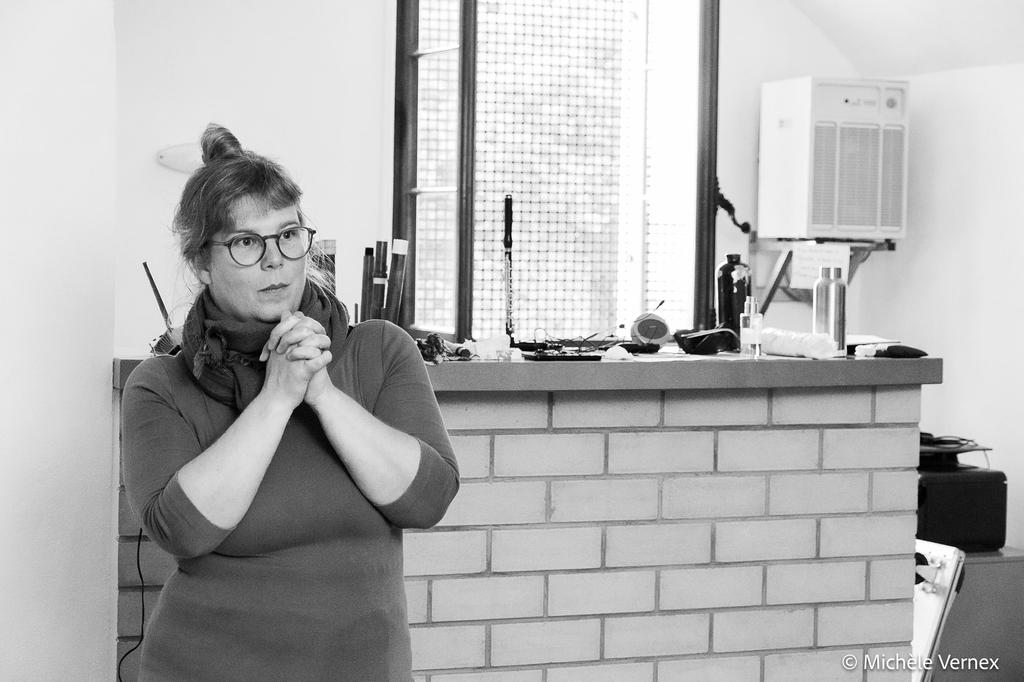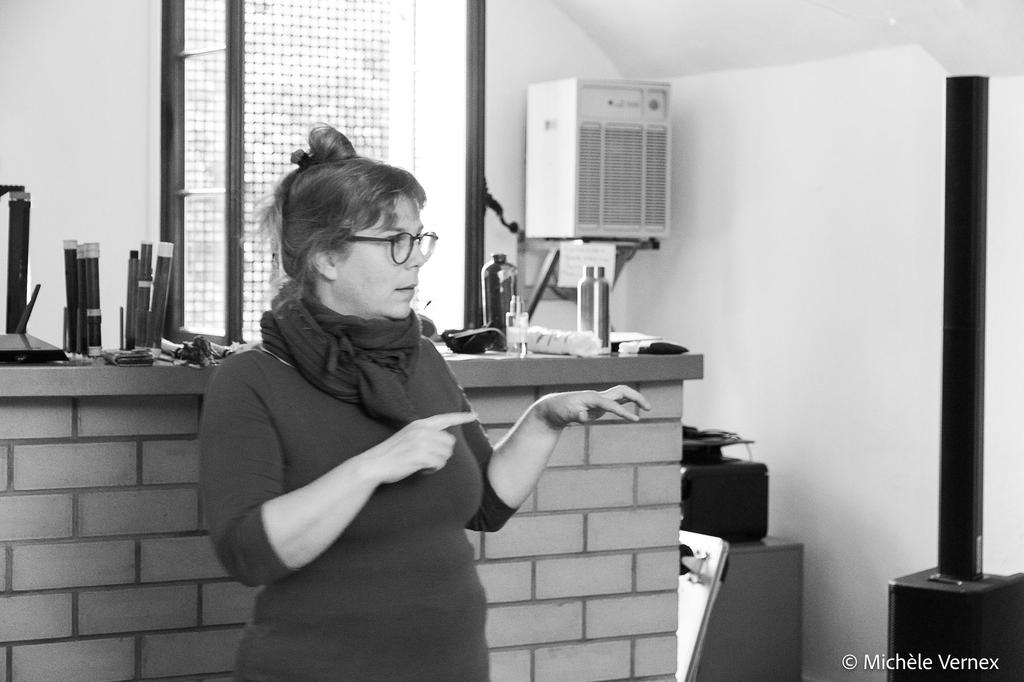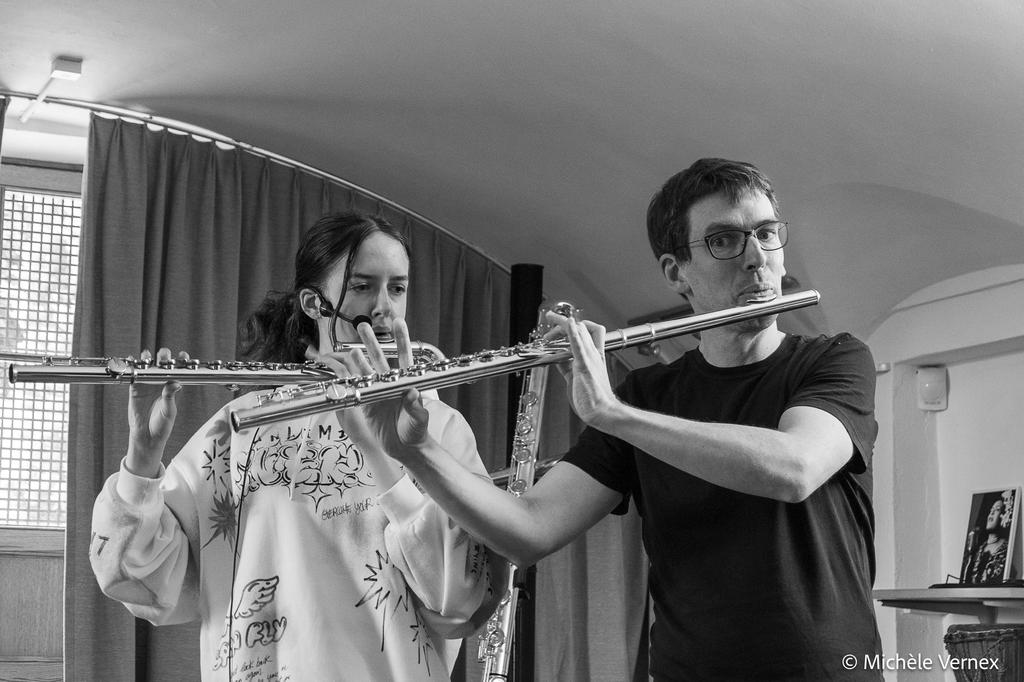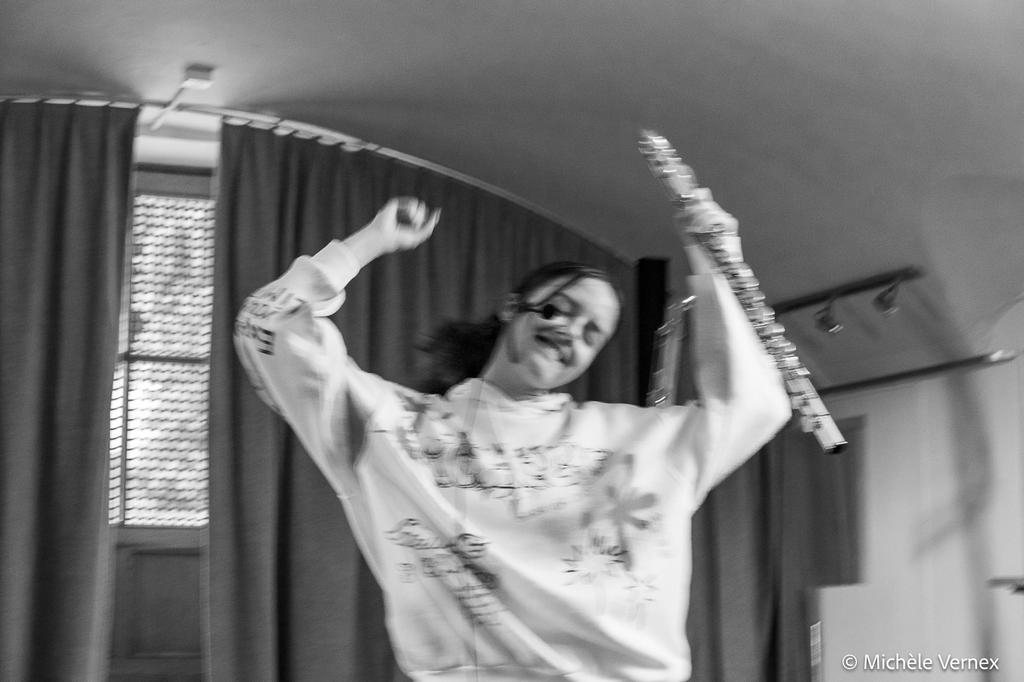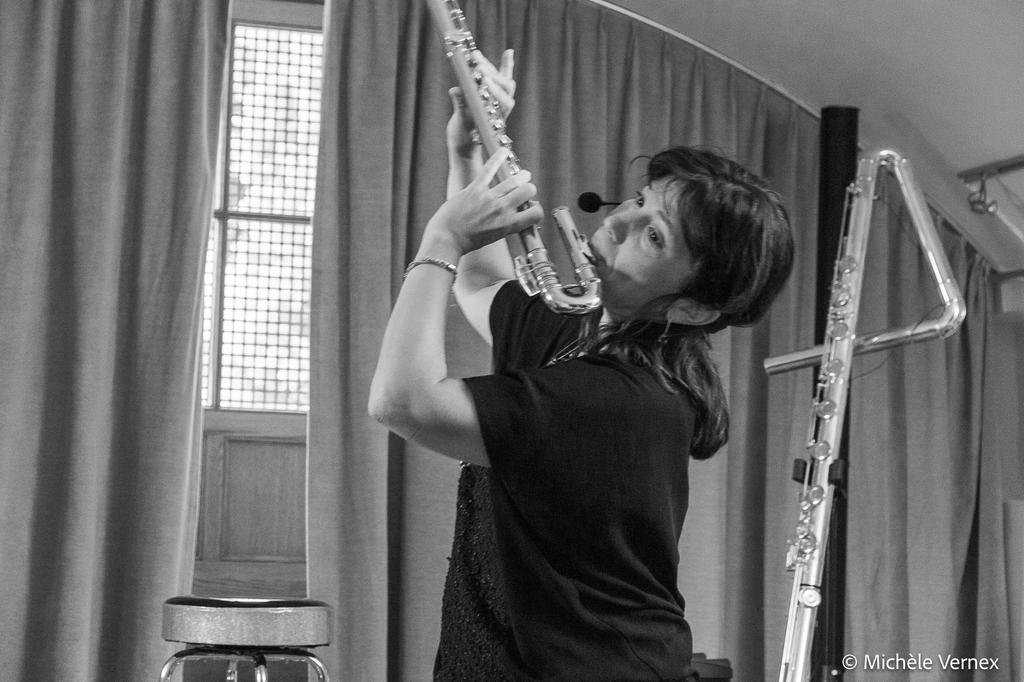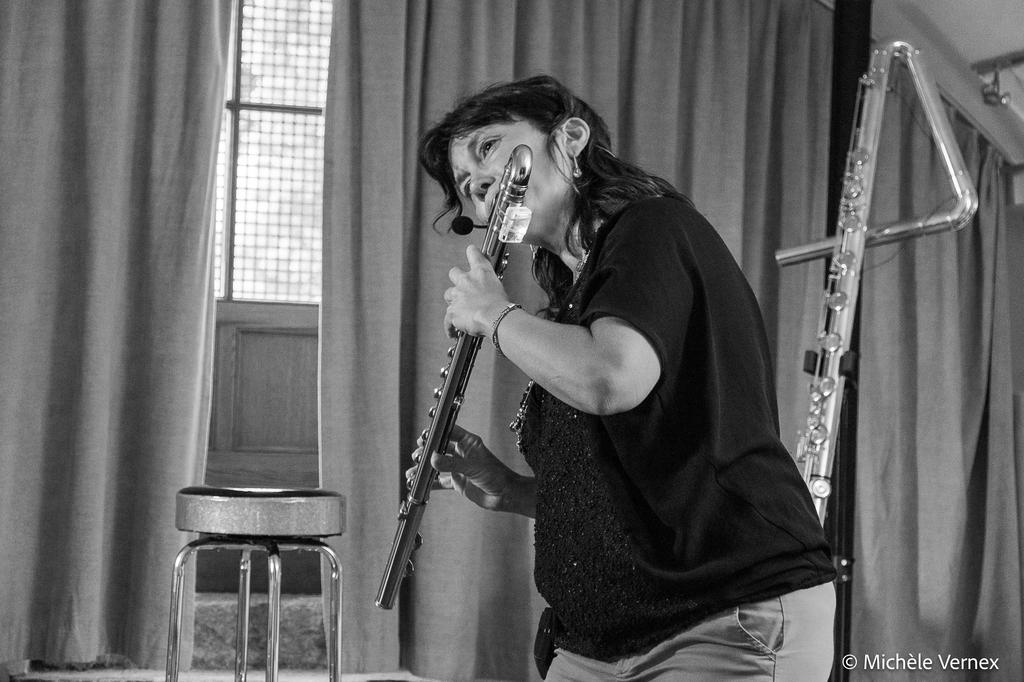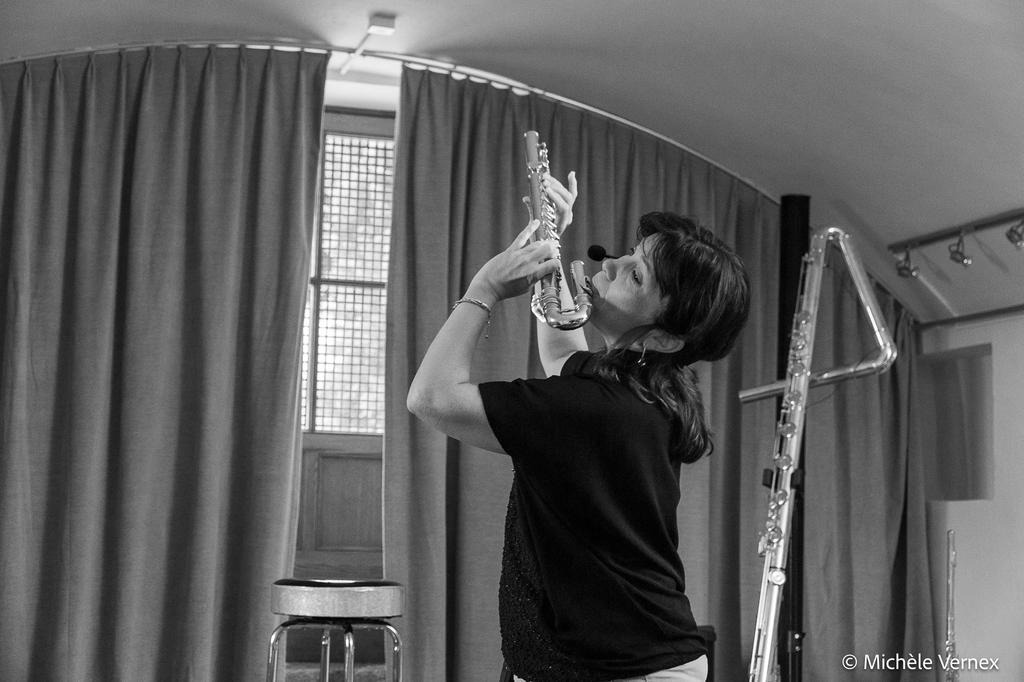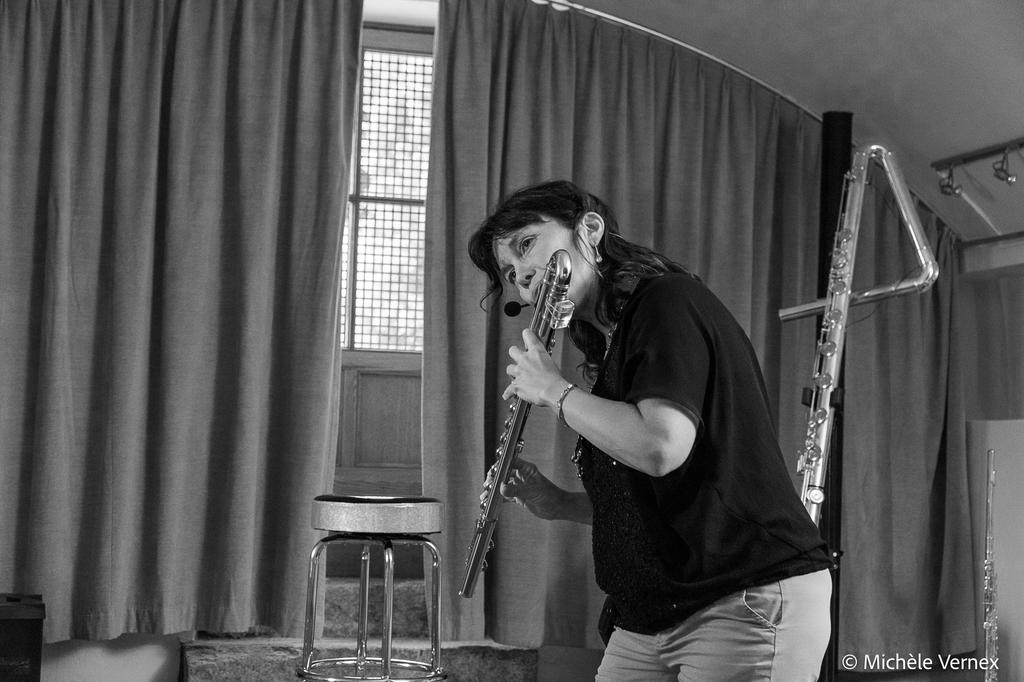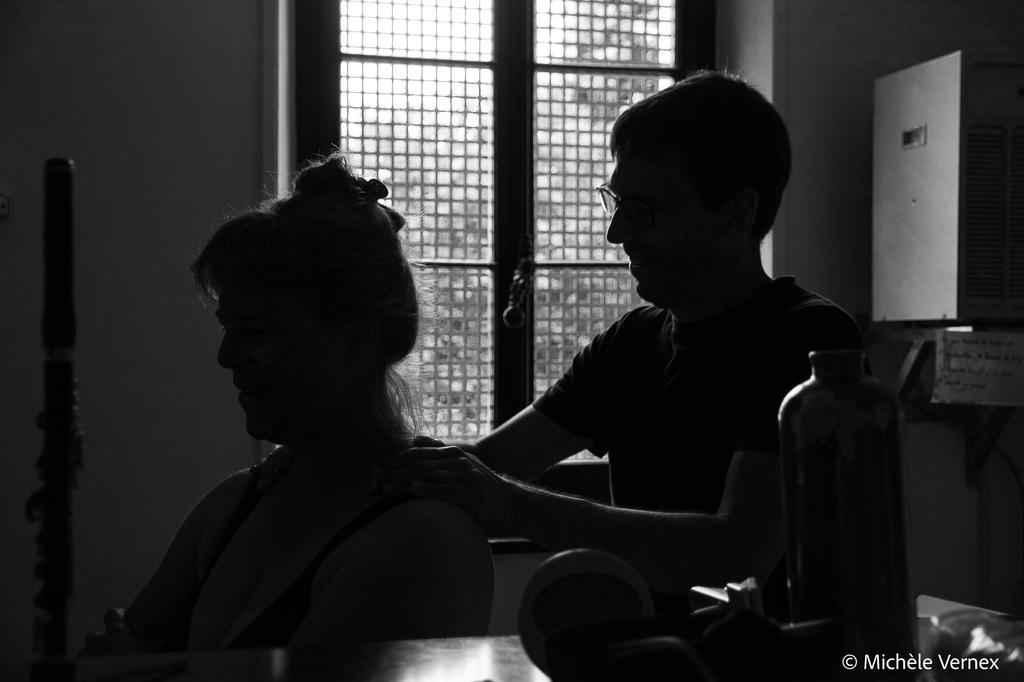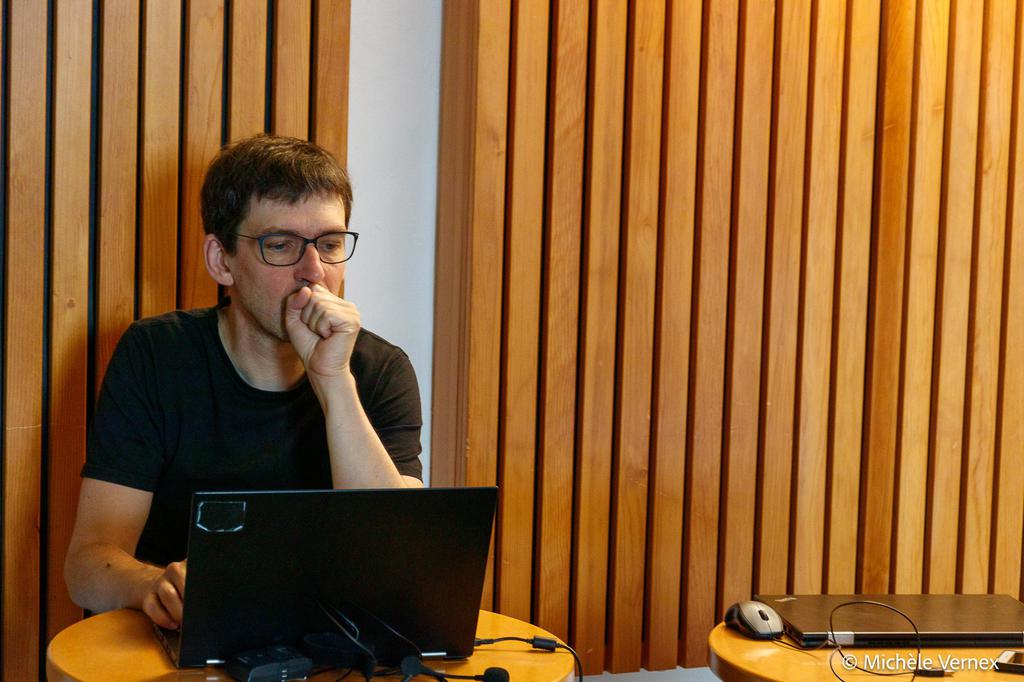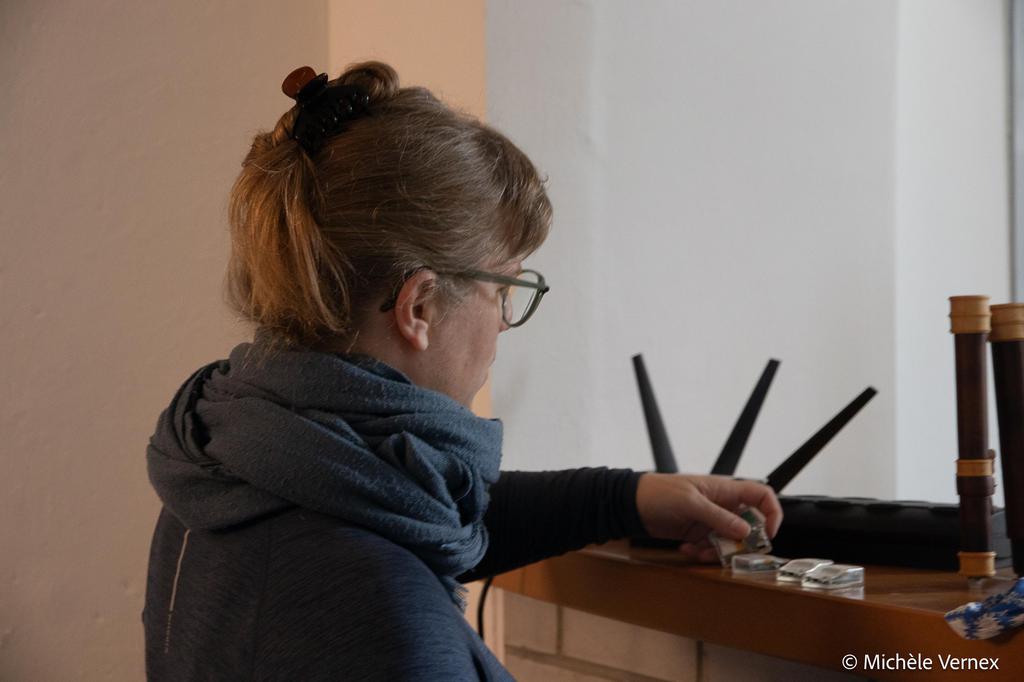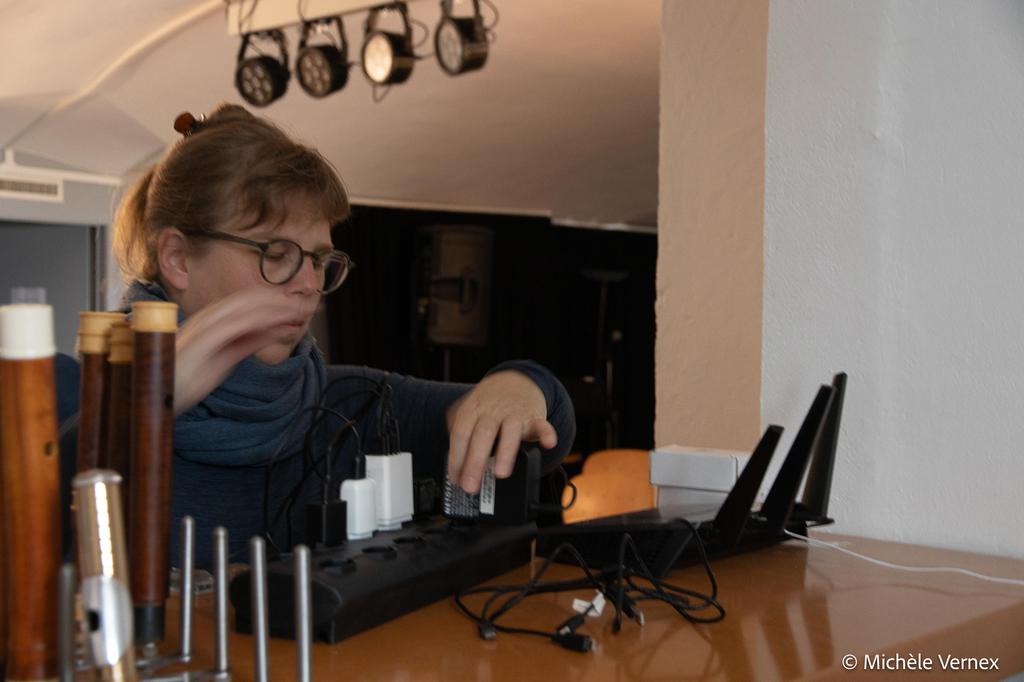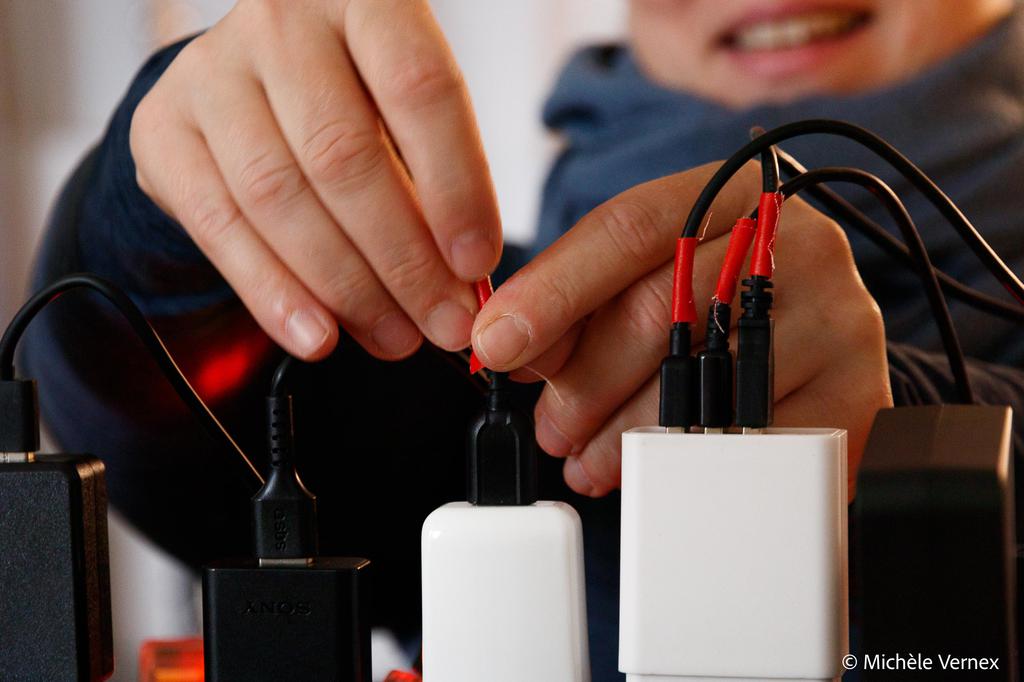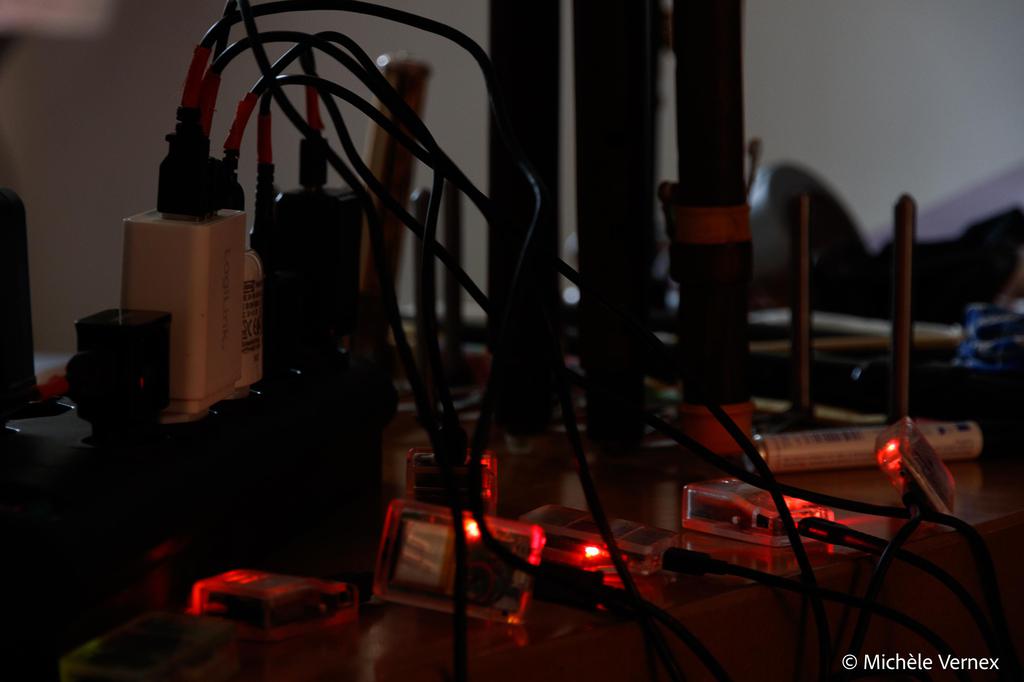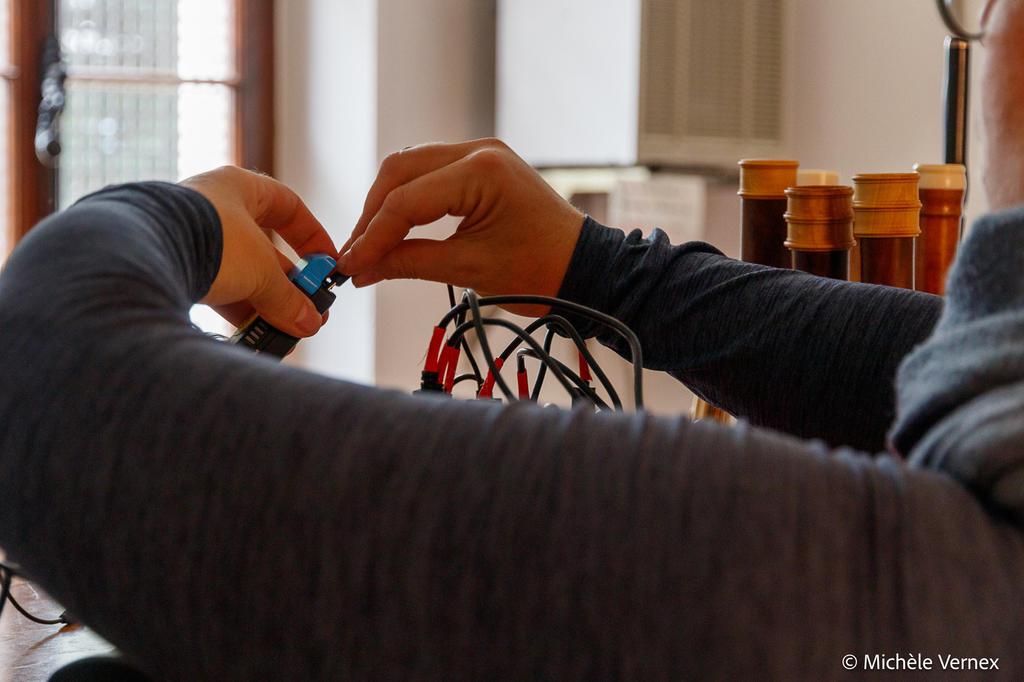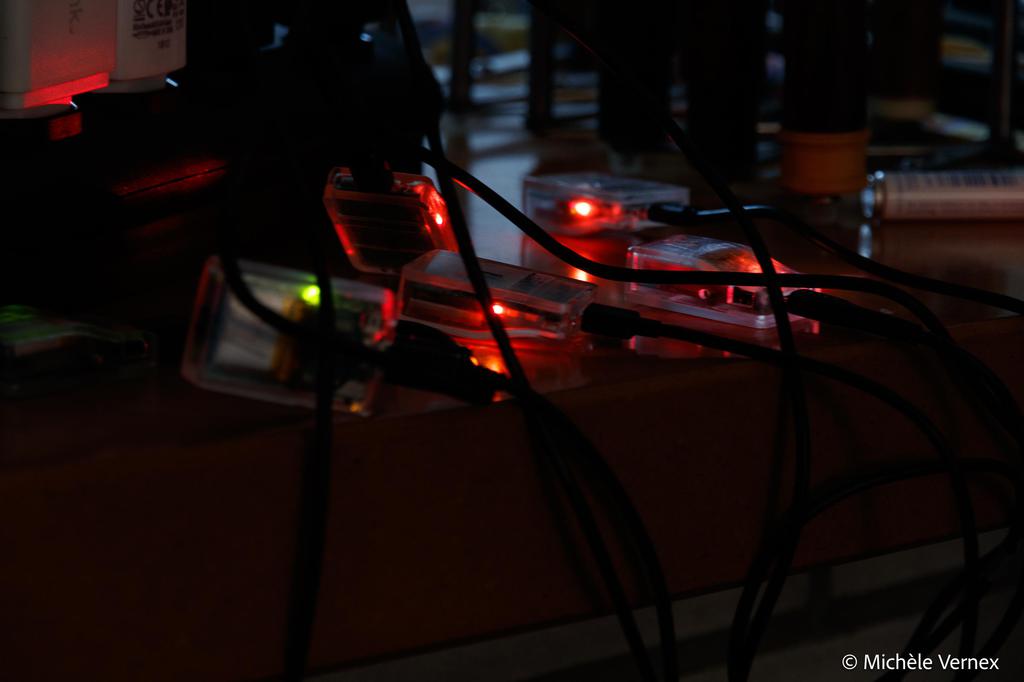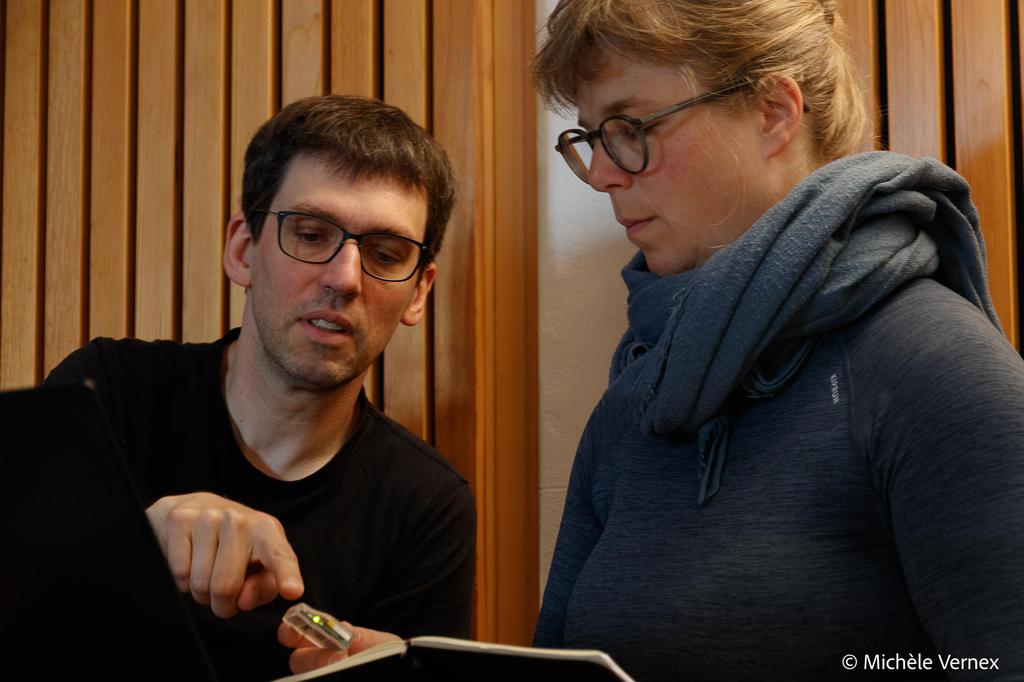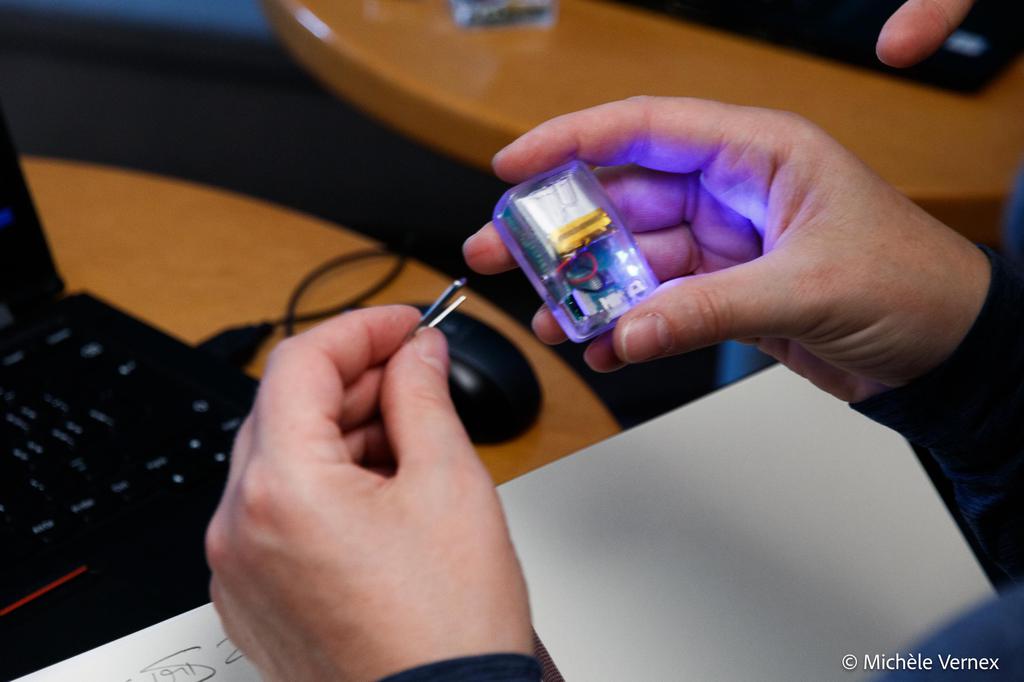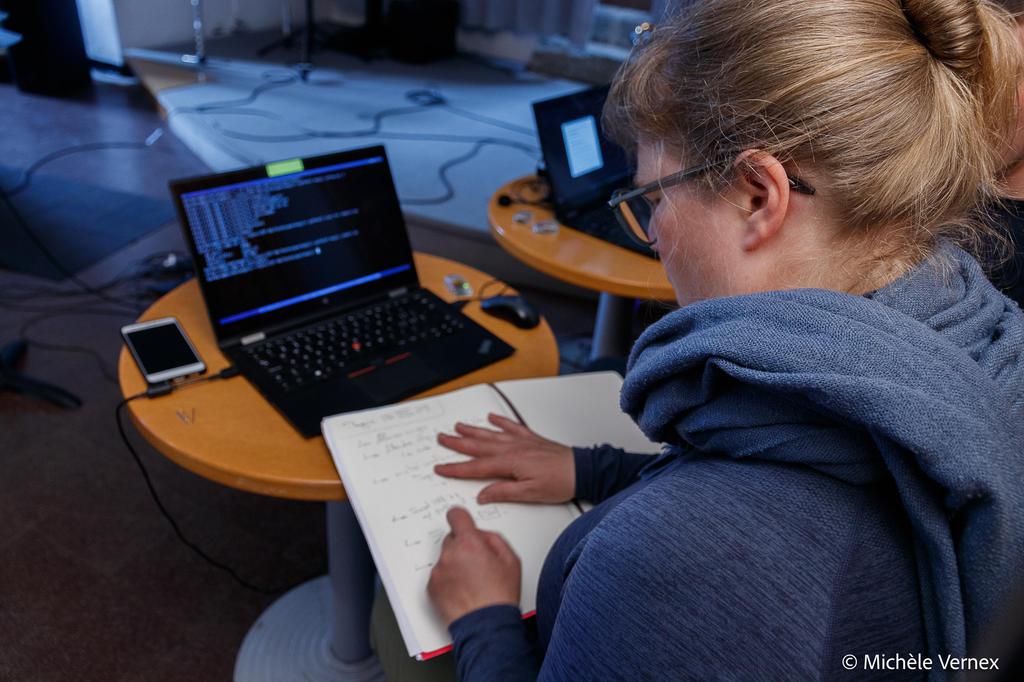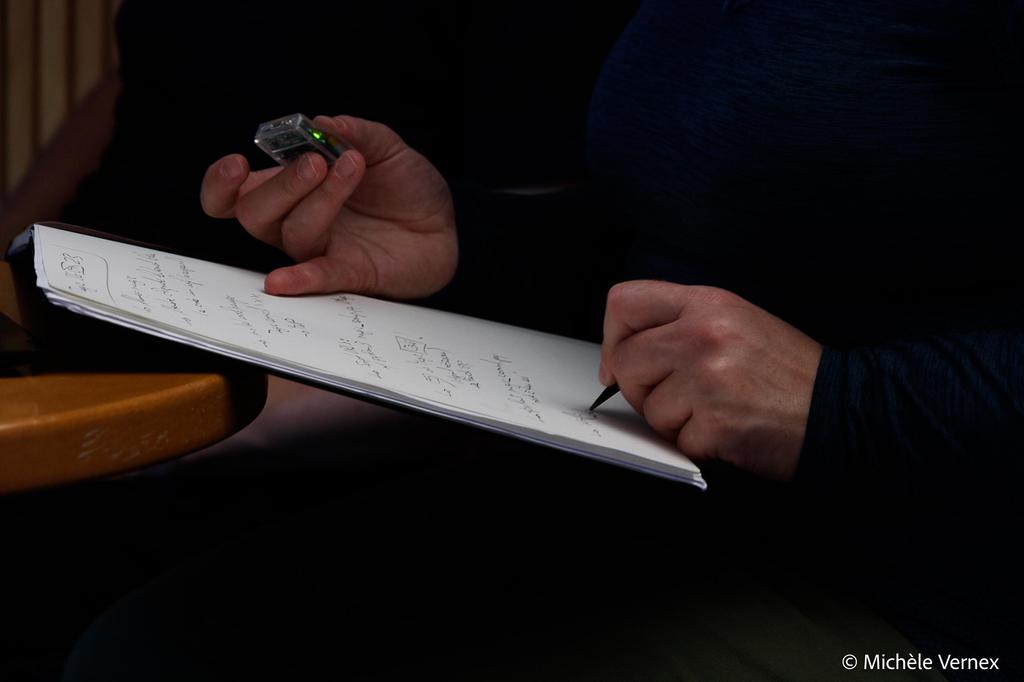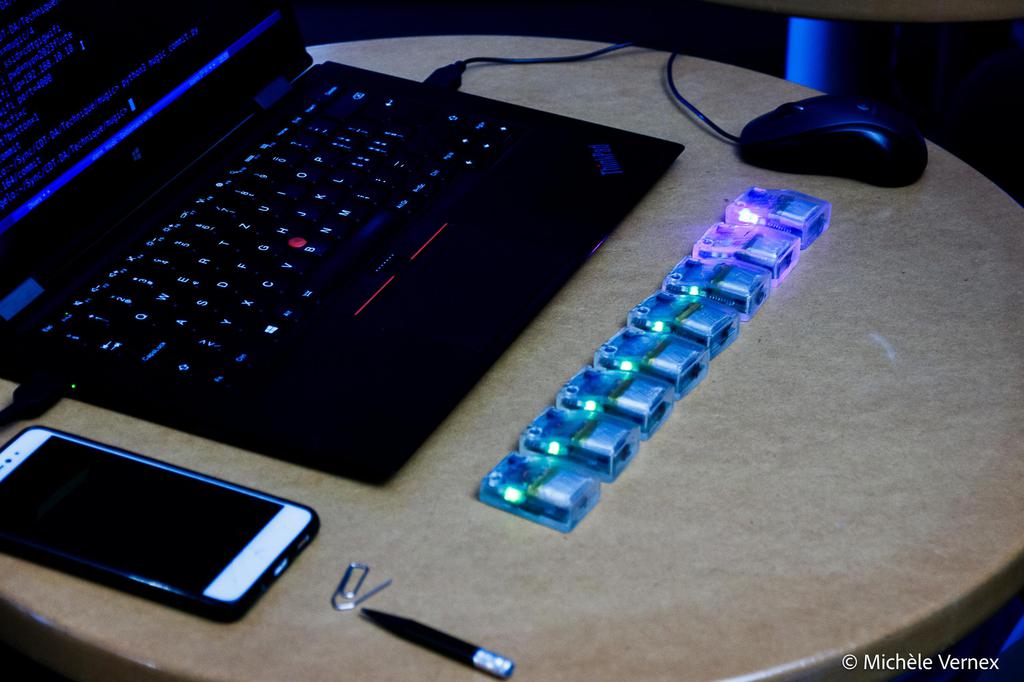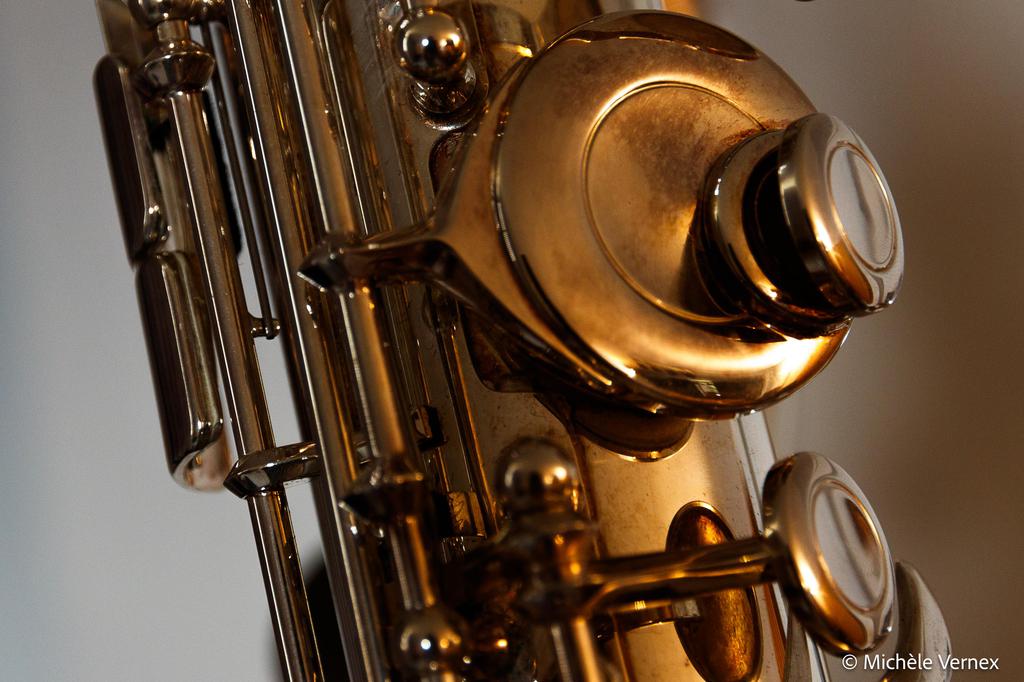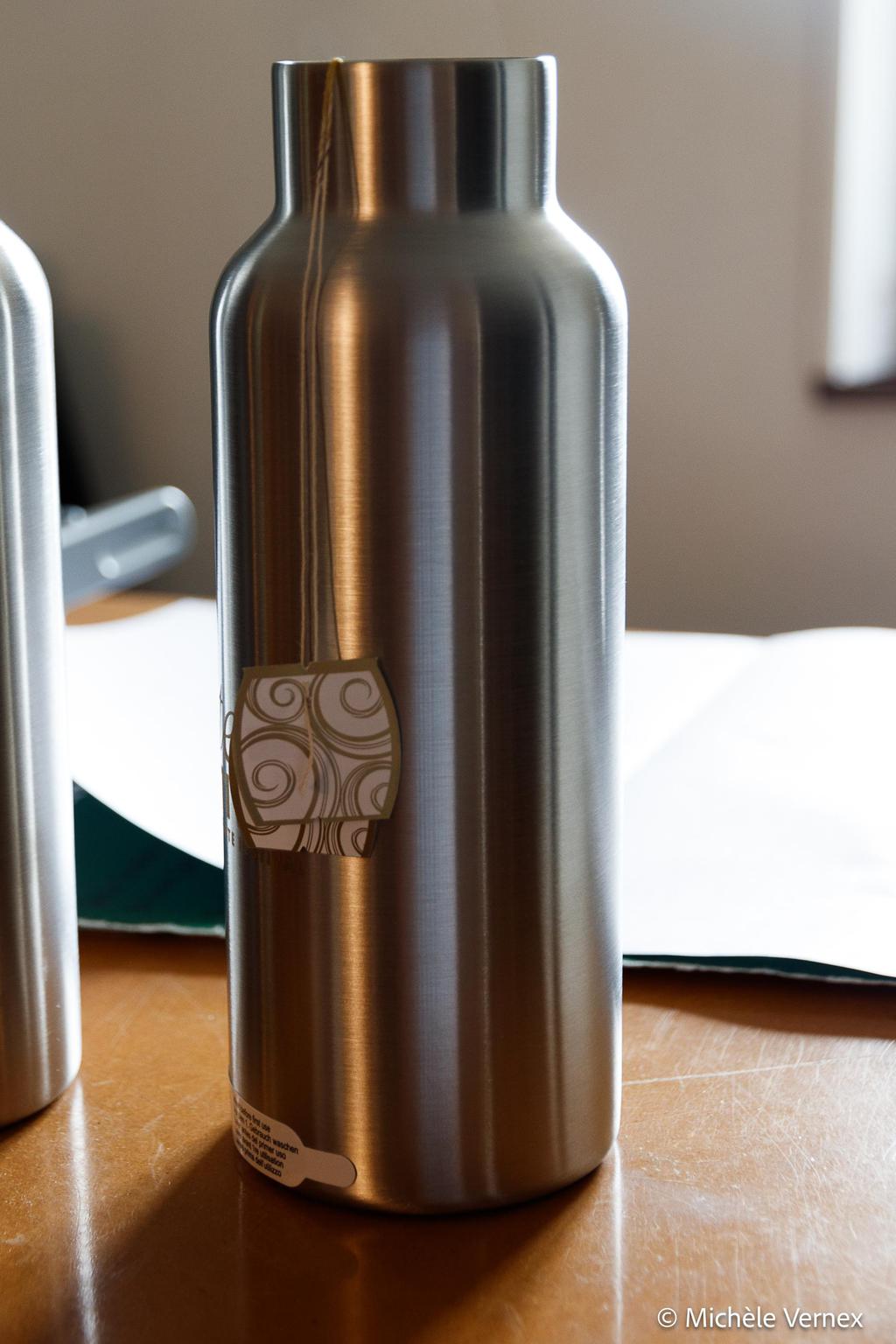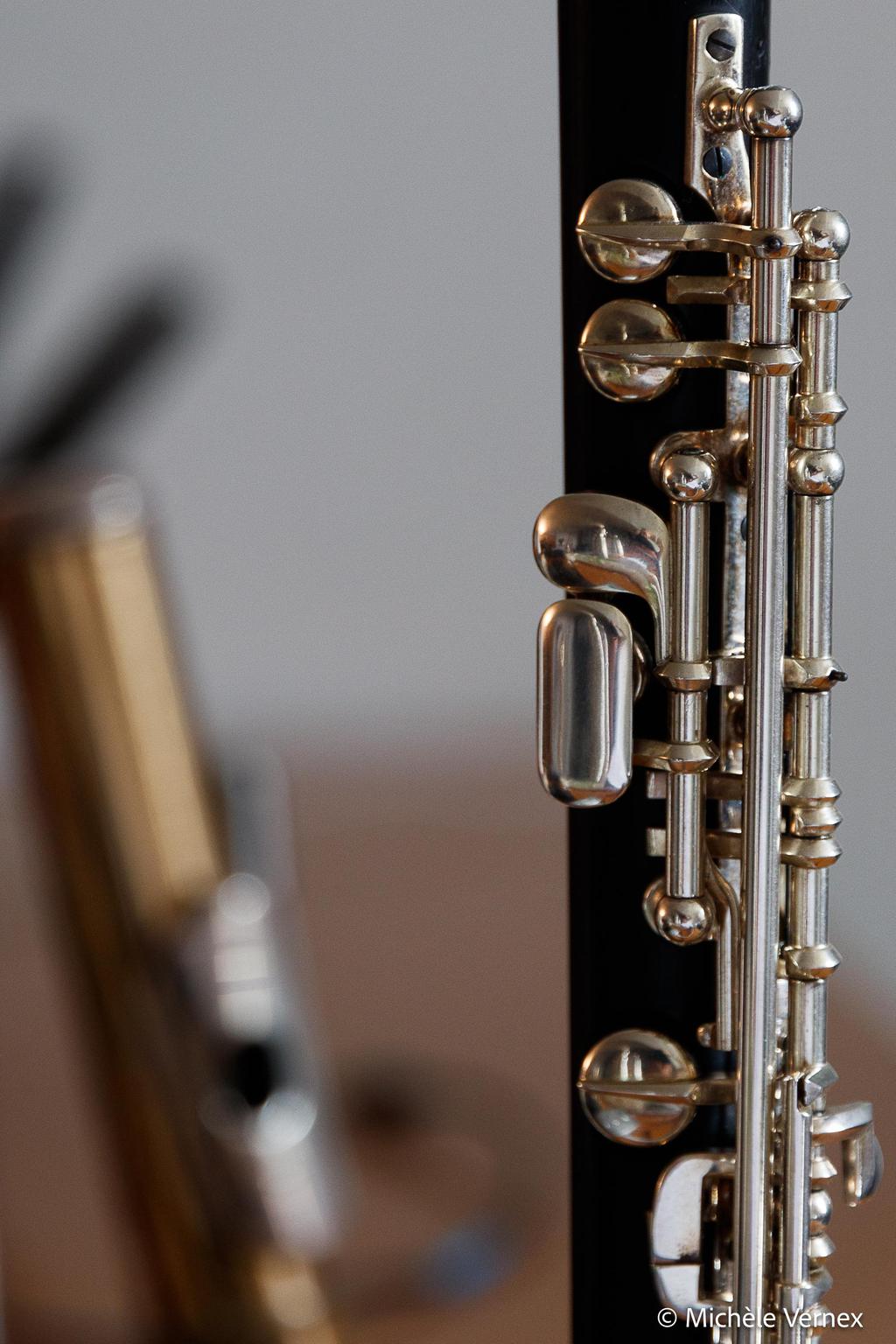Matthieu Amiguet
Co-fondateur des Chemins de Traverse, il en assure la direction artistique en compagnie de Barbara Minder ainsi que la direction de recherche.
Musicien-chercheur éclectique, Matthieu Amiguet a enrichi au fil des années et des rencontres son bagage classique de couleurs jazz, rock et ethno pour développer un langage familier et personnel à la fois. Son intérêt pour la lutherie et l'évolution des instruments l'a amené à explorer non seulement des flûtes traversières inhabituelles (flûtes basse, contrebasse, à coulisse, bansuri indien, ...) mais également d'autres instruments comme l'étonnant mélange de piano et de guitare nommé harpejji, dont il est un des pionniers au niveau mondial.
De double formation musicale et scientifique, il mène également depuis plusieurs années une recherche dans le domaine de la lutherie augmentée - enrichissement des possibilités sonores d'un instrument acoustique par des traitements informatiques en temps réel. Fervent défenseur du logiciel libre, il développe lui-même les applications qu'il utilise sur scène. Il a été invité à présenter ses recherches dans diverses conférences en Suisse et en Europe; elles sont à l'origine de nombreux contacts et collaborations avec des institutions musicales et académiques en Europe et en Amérique du Nord.
Le profil musical atypique et métissé de Matthieu Amiguet l'a amené à se produire aussi bien à la Basilique de Montréal (Québec) qu'à l'Auditorium Stravinski de Montreux (Suisse), dans des festivals de musiques actuelles, des musées, des caves à jazz ou sur des alpages. Il a également participé à la conception et à la réalisation d'installations pour des festivals comme le Belluard à Fribourg (Suisse) en 2017, No'Photo à l'Alhambra de Genève (Suisse) en 2019 ou la Biennale de Nové Zámky (Slovaquie) en 2021.
Prochaines dates
Projets
Chemin de création
Dragonfly - concert anniversaire 25 ans des Chemins de Traverse
Théâtre de Grand-Champ
Nyon Région Télévision - La Quotidienne 05.10.2023
Carole Reuge et Barbara Minder étaient les invitées de La Quotidienne de Nyon Région télévision pour présenter La Côte Flûte Festival 2023.
La Côte Flûte Festival - Intermezzo II
Théâtre de Grand-Champ
Noël avant l'heure
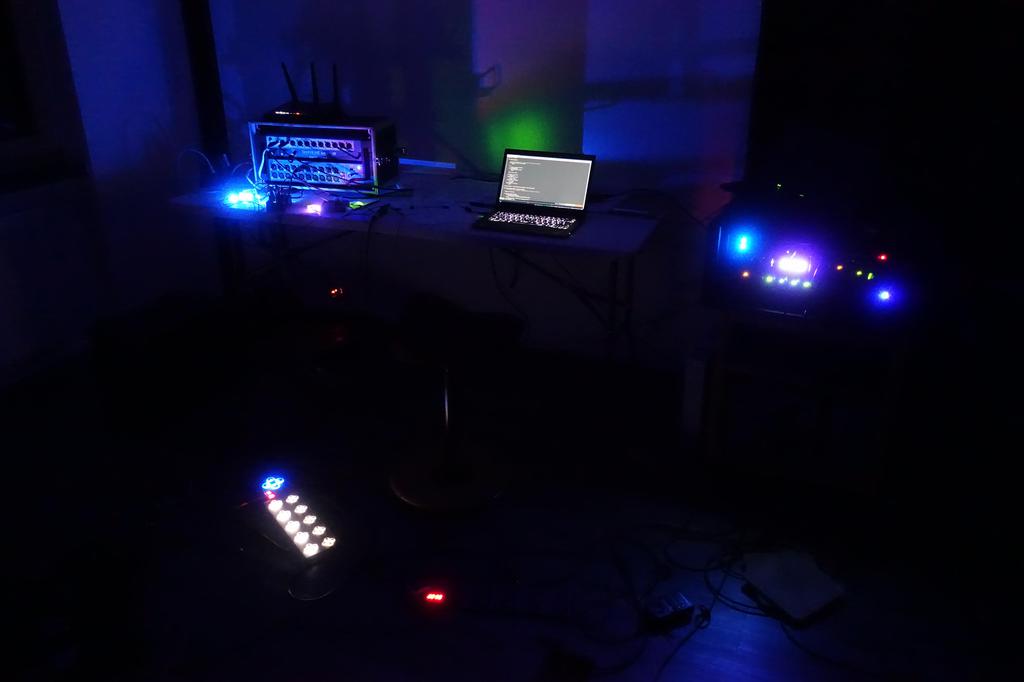
Un seul être vous manque et tout est gribouillé
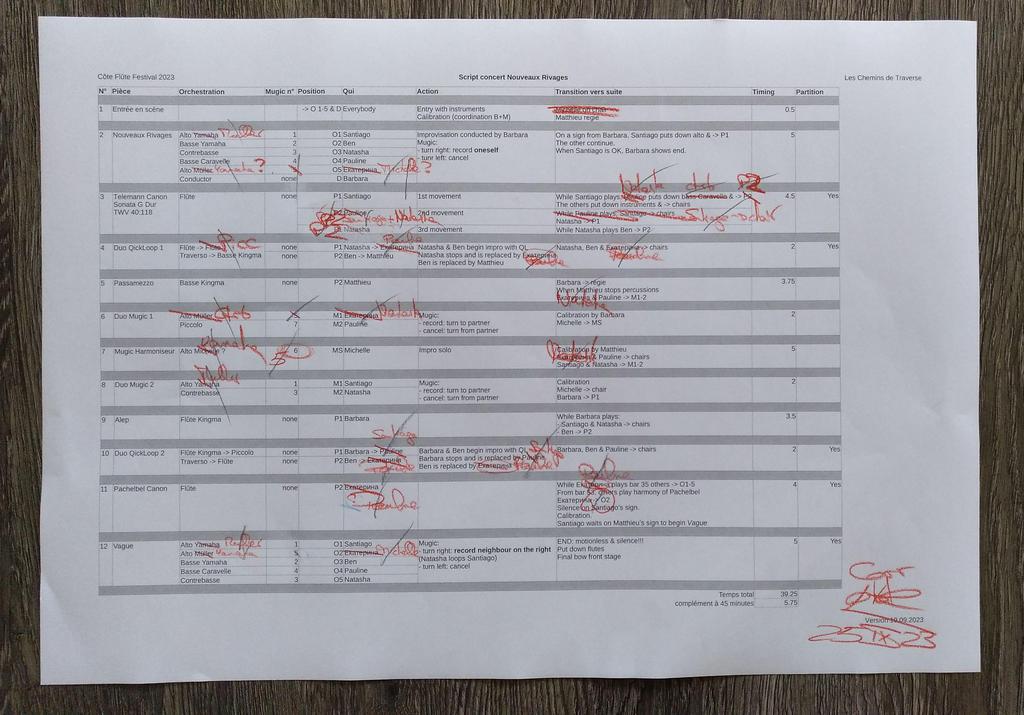
Harpejji solo 12 - Trying the pisound
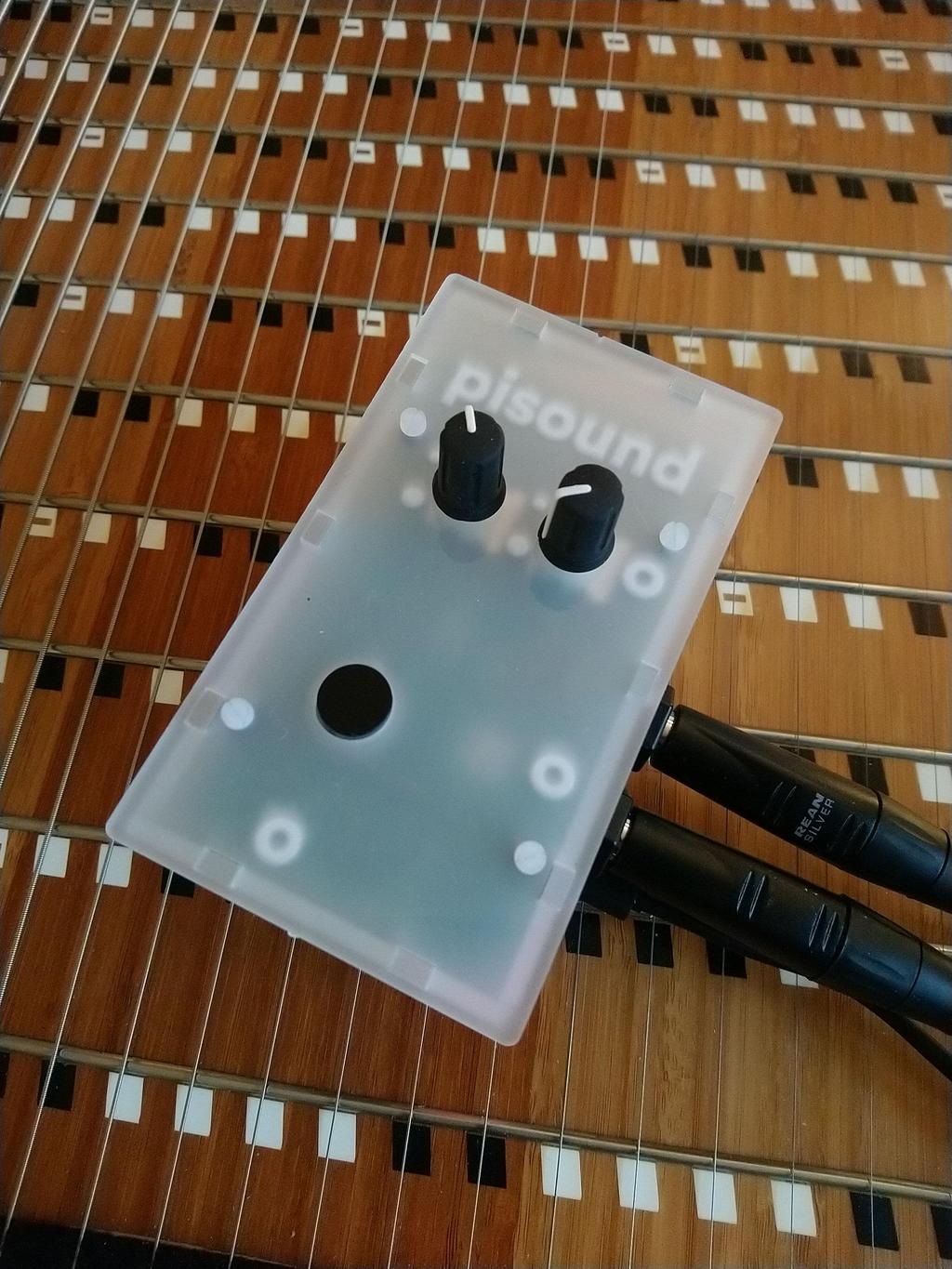
(This news is part of the Harpejji solo project)
In an attempt to solve the problems I encountered with my first rpi setup as a harpejji FX box, I purchased a Pisound rpi sound interface. It seems to help with the high hiss I was getting with the previous setup, but not with the "floating ground" low hum. I'm definitely getting closer though – I will post a detailed description of the new setup when everything is working smoothly.
Nouveaux rivages
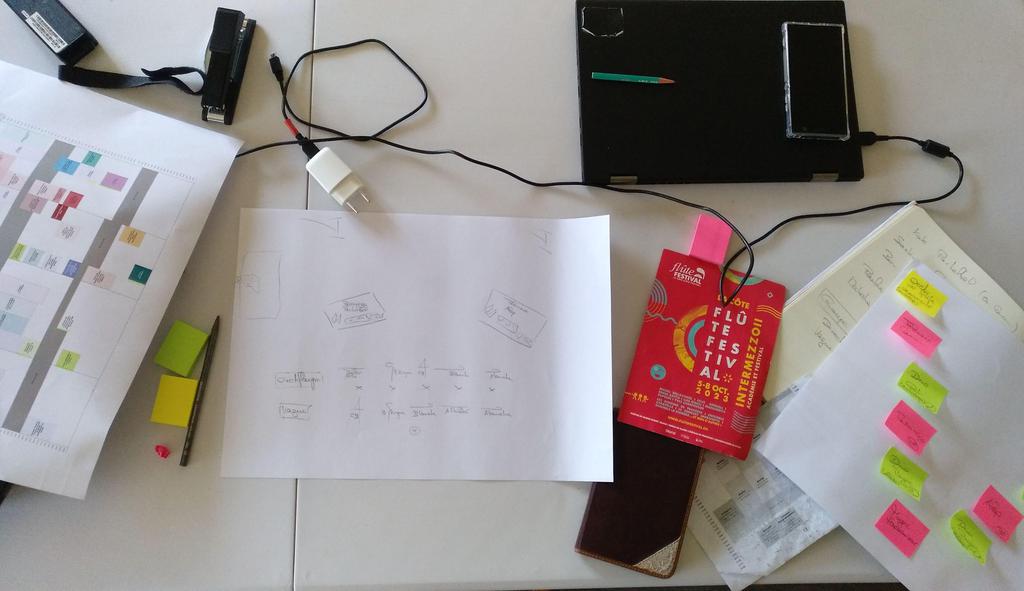
Séance de conception du concert Nouveaux Rivages qui sera donné en octobre au La Côte Flute Festival 2023 par les étudiants de l'académie d'été 2023. Ça s'annonce bien!
Harpejjo solo 11 - Is this the book I've been waiting for?
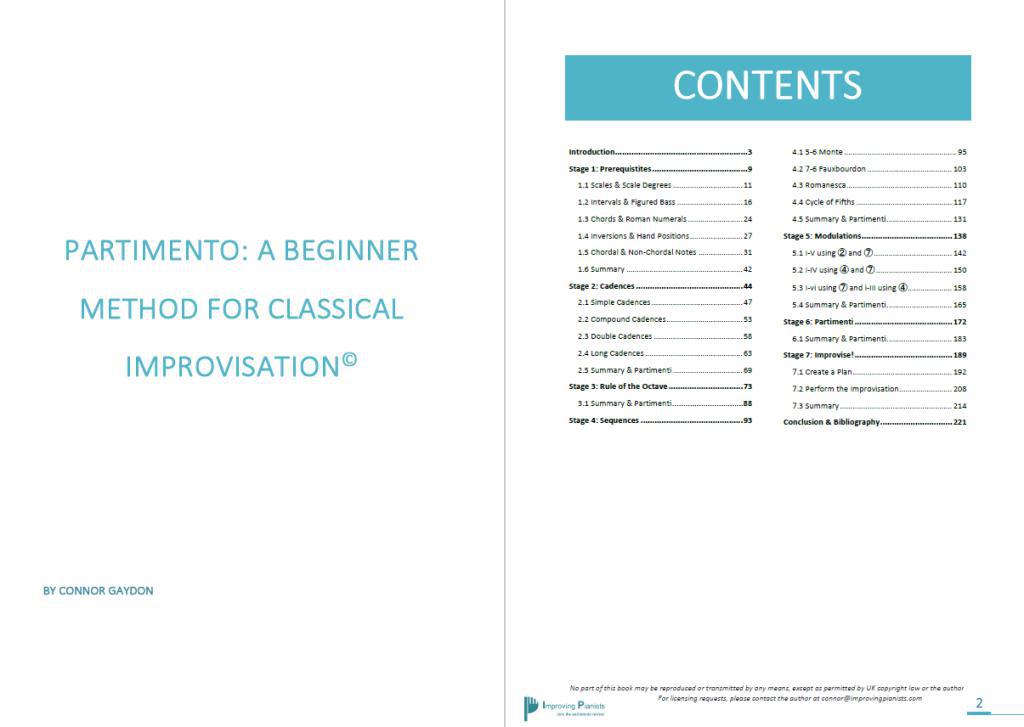
(This news is part of the Harpejji solo project)
Since I've got my harpejji, I've been improvising mostly in a language inspired by jazz music. Given my background, I actually also toyed with the idea of improvising in a more classical style. I've been hearing some really great classical improviser along the years, thanks mostly to the FMIL. But although I'm able to do it melodically on the flute, improvising polyphonic classical music on the harpejji has always seemed a very remote goal.
I've been trying to practice figured bass, using historical sources as Dandrieu's or modern ones as Morand's, but these methods are (logically) oriented toward accompaniment and provide little to no hints as how to use this knowledge to play solo pieces.
Lately I discovered Connor Gaydon's Partimento: A Beginner Method for Classical Improvisation which could very well provide the pieces I was missing.
Obviously it will need at least months of work before being able to improvise something half interesting, but this book seems to make classical improvisation on the harpejji a little bit less remote.
Now, if you will excuse me, I've got loads of things to practice! 😉
Harpejji solo 10 - meeting Pierre Audétat
(This news is part of the Harpejji solo project)
Today my harpejji and I went to Lausanne to meet Pierre Audétat. He was very happy to discover the instrument and suggested many interesting ideas about how to take advantage of the characteristics of the instrument to develop new musical ideas. As the author of La Cloche diatonique, a very deep reflection about musical modes, he was particularly interested in the isomorphy of the instrument and the possible applications to diverse symmetric modes.
Artiste témoin - Michèle Vernex photographe - Academie La Côte 2023
Michèle Vernex, membre au Photoclub de Gland, s'est prêtée au jeu de l'artiste témoin lors de l'Académie La Côte en juillet 2023 à Nyon (VD/CH). Une série de photos montrant le concert Dragonfly, la partie transmission du savoir et le travail de recherche préparatoire à celui-ci. On voit même une tentative de désamorçage d'un torticolis d'enfer s'étant invité à la semaine. Bref, un regard dernière les coulisses, comme nous les aimons aux Chemins de Traverse.
